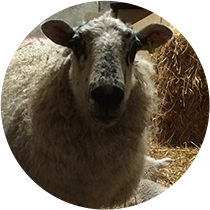I know, things have (again) been quiet around here – I’ve been making, among other things, Dandelion Yarn! I’ll explain in a moment, but in the meantime here’s a little update on where I will be in the next couple of months, teaching spinning and selling my own fibre (for a preview, or to get your mitts on some, check out my Etsy shop).
I will be at the Tavistock Arts Market this weekend, selling spindles, fibre blends, yarns, woven scarves and dyed roving. Come along if you are in the area, I’d love to see you! I’ll be teaching spinning too, so if you have always wanted to give it a go then seek me out.
I will also be at the Tavistock Arts Market on November 7th, and the Oyster Shack Barrow Market on 12th December. There are another few markets I’ve applied to, but haven’t yet confirmed yet so watch this space.
Dandelion Yarn
I picked the dandelions from the stable yard on mum and dad’s farm, ridding my dad of some weeding duties and using up the flowers in a useful way. I was inspired to try out natural dyeing after my acid-dyeing experiments over the summer went badly. I never blogged about it because I never got round to it, but I did accidentally felt an entire 100g of fibre in that little incident…
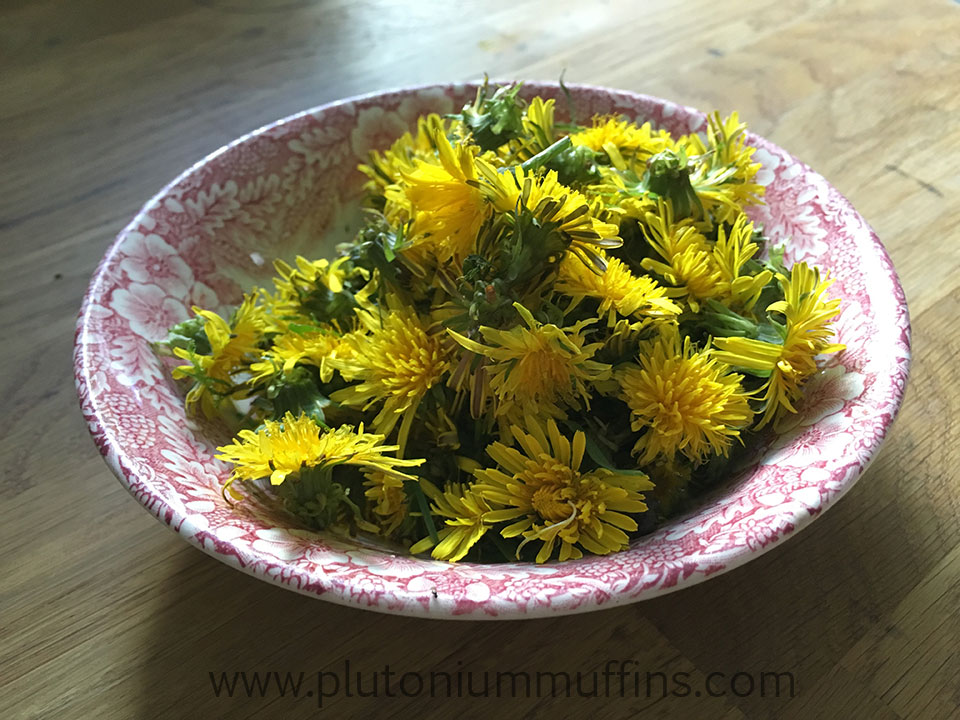
After a lot of research, I decided to go for vinegar as a mordant. You need a mordant to fix the dye to the fibre, and many people use alum, a salt that can be bought easily online. We are on a septic tank here, and I didn’t want to be putting anything down it that I wasn’t sure would be good for it, so went for food-grade vinegar to try mitigate this. I know it’s highly acidic too, but I wanted to be careful.
I cooked my fibre, 100% Exmoor Blueface, in a one part vinegar, four parts water solution, then left it on the back of the Aga overnight to stay warm. In the meantime, I boiled up 25g of dandelion heads, then put them in the simmering oven to cook well and extract the dye. I left them overnight, and in the morning combined the two pots into my dandelion wool mixture.
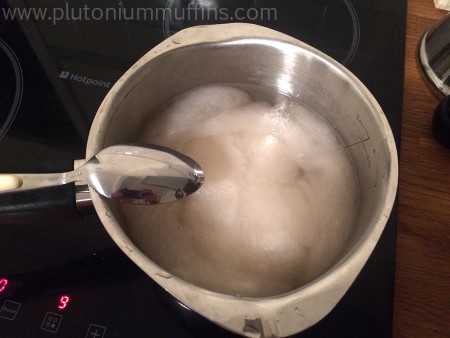
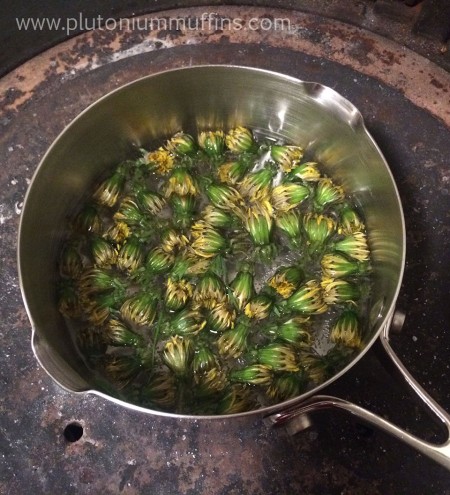
I then left the wool on the back of the Aga to take the dye for 24 hours – when I couldn’t make myself wait any longer, I took it out, rinsed it and dried it, again on the Aga! It came out the most glorious golden colour, seeming to shimmer in light and so subtle you can barely notice the colour. It’s there though – and I love it!
I spun it up on one of my own spindles, spinning a very fine single and navajo plying to get a fingering weight yarn in a three ply style. I haven’t washed it yet, so I haven’t measured my yardage – but I’ve been so happy with the whole process, and the only thing that could have made it better would be if I had collected the fleece from the sheep myself! I’m not sure what I’m going to knit with 25g of fingering yarn – perhaps use it to stripe something, or spin up another 25g in a different natural dye colourway and make a hat or similar!
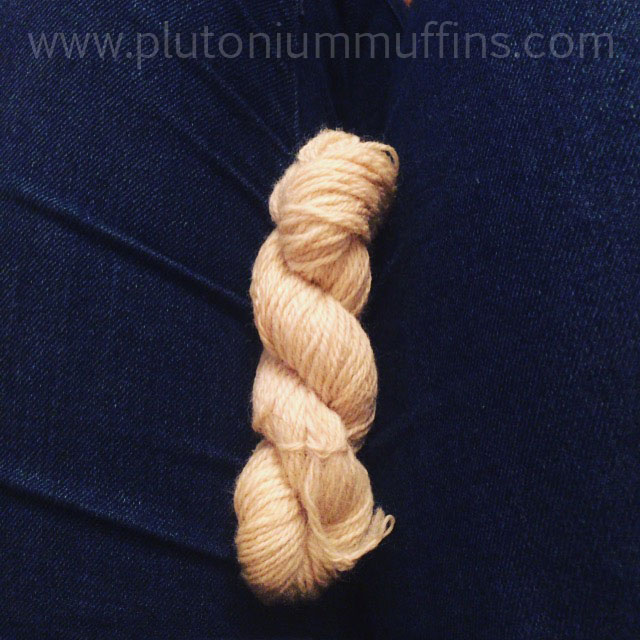

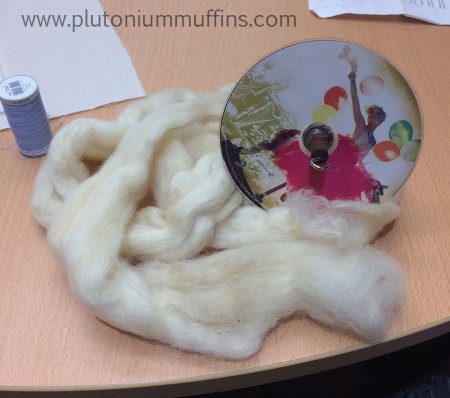
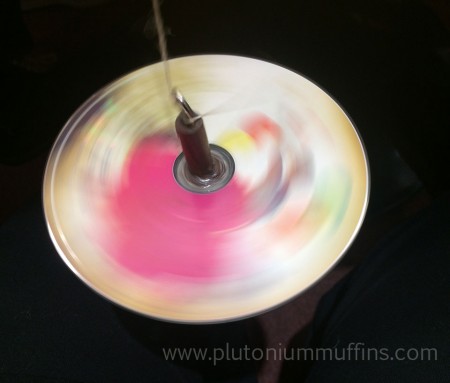
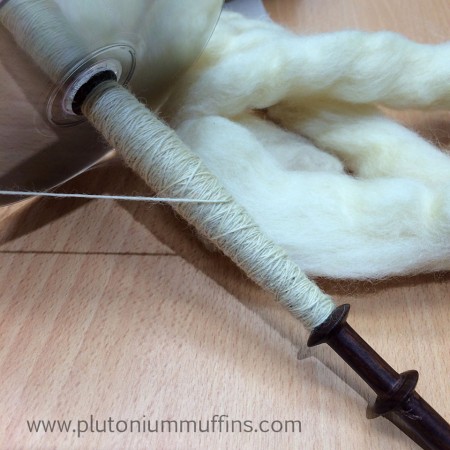
I’ve done a lot of natural dyeing recently, so you’ll see the results of those experiments soon – watch this space!
Much love,
Corrie xx
Note: although I used unspun fibre, you can also use undyed yarn for this process!








